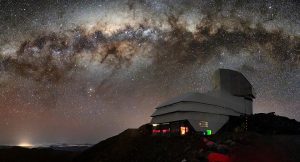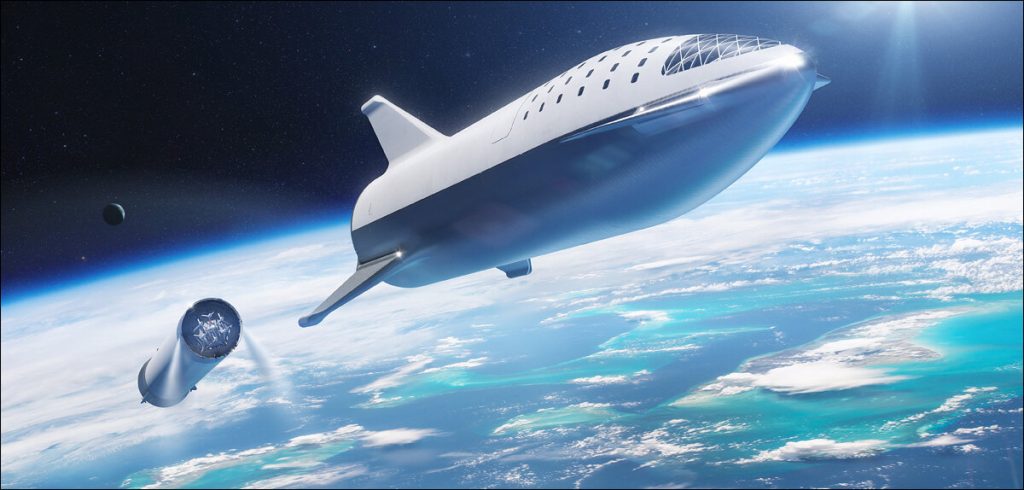SpaceX? Virgin Galactic? Blue Origin? Adarsh explores humanity’s innovative business plans for the future of commercial space travel.
In the summer of 1964, Austrian journalist Gerhard Pistor had a sudden desire to visit the moon. He contacted his travel agency who forwarded his request to the Pan American World Airways. Pan Am is defunct now but back then they had lots of plans. They decided to launch the first civilian trip to the moon in 2000.
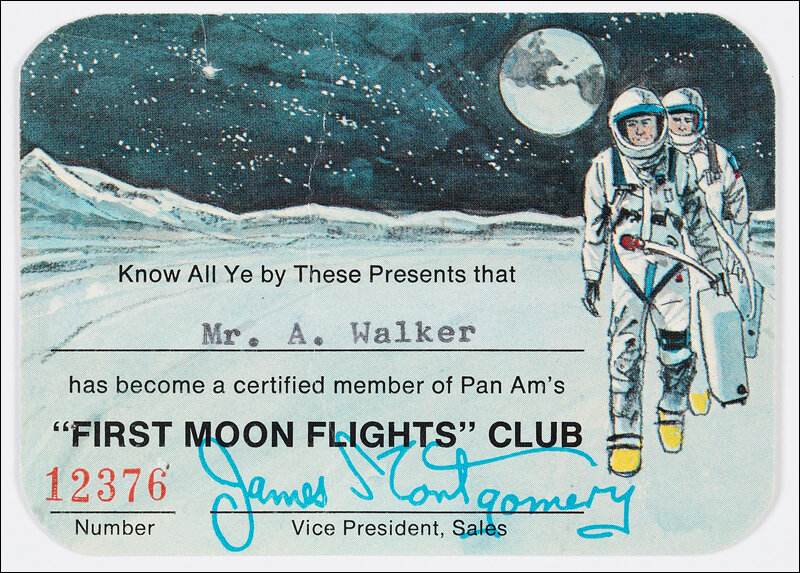
With 36 years to go, the space program started gathering pace and 93,000 people joined the waiting list for Pan Am’s First Moon Flights Club. Unfortunately for Pistor and Co., that trip to the moon never came to life…
The Birth of Space Tourism
In the 1970s, manufacturing company Rockwell International, a contractor for NASA’s Space Shuttle Program, started exploring the possibility of a passenger module that could fit into the payload of the space shuttle. Other companies also explored the possibility but none of them came to life.
NASA finally opened their space flights to civilians, but this was limited to payload specialists with the ability to carry out specific in-flight projects assigned to companies other than NASA. The space organization also introduced the Teachers in Space and Journalists in Space program that opened spaceflights to civilians.
But the programs were cancelled after the 1986 Challenger disaster which led to the death of the first Teachers in Space participant Christa McAuliffe along with six crew members. The program was briefly considered for a revival but that also was scraped after the fatal Columbia disaster in 2003.
The wait continued till 2001, when American businessman Dennis Tito became the first civilian to fund his own trip to space. He spent 8 days in orbit as part of the ISS EP-1 crew that visited the International Space Station. The mission was carried out with the help of a Russian Soyuz spacecraft.
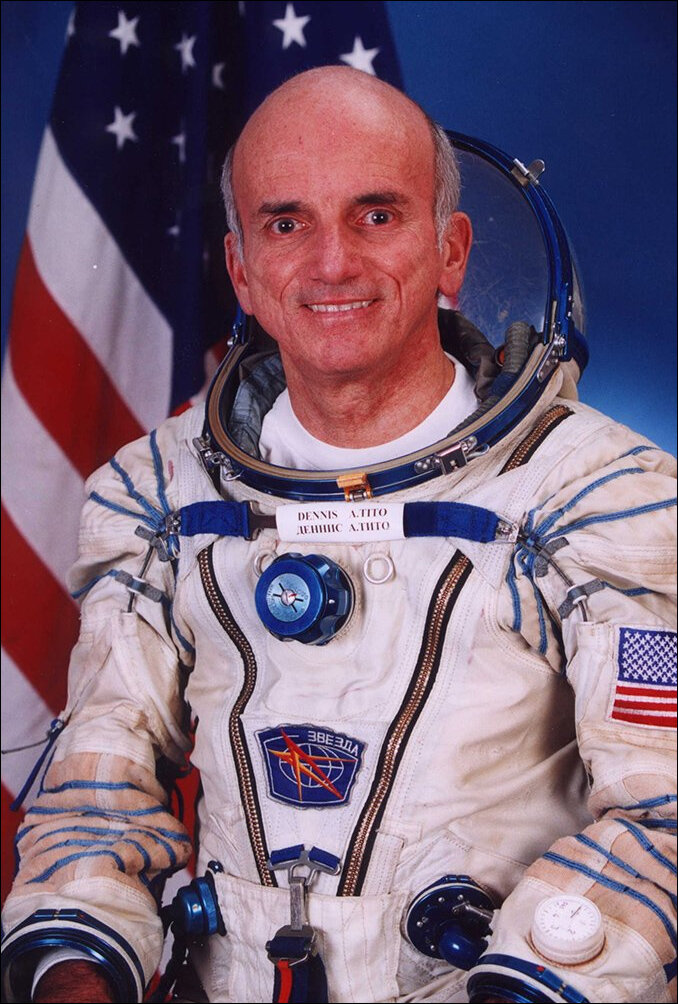
The company called Space Adventures which handled that trip took 8 more civilians to space between 2001 and 2009, each of them on a Soyuz spacecraft. But those trips also ended after NASA’s space shuttle program was cancelled in 2011. The only spacecraft capable of human spaceflight at that point was the Soyuz and hence every seat during the launch was needed for professional astronauts.
This meant that space tourism took a temporary backseat.
The Current State of Space Tourism
Simply put, there are two kinds of space travel: orbital and suborbital. Orbital space travel means the spacecraft is travelling around the earth with enough speed to prevent it from falling back to the earth. Suborbital space travel launches tourists to space and returns them back to earth at a speed slower than orbital travel.
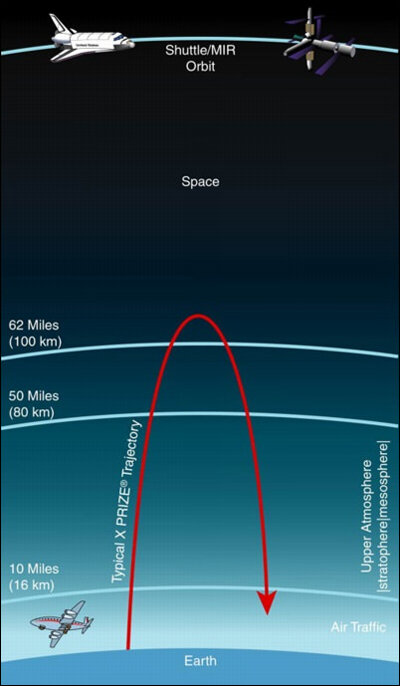
(Image Credit: Universe Today)
All the current plans for space travel involve suborbital travel where companies plan to fly tourists to the edge of space and back to earth in quick hops that can last anywhere between a few minutes and a few hours. In comparison, the nine space passengers who went as part of the Space Adventures program orbited the earth for days.
The method varies too. Blue Origin launches vertically like a rocket whereas Virgin Galactic flies a rocket-powered spacecraft that is launched from the belly of an aircraft. Space Perspective and World View, who are both planning to launch space journeys soon, offer a unique experience where they lift passengers to high altitudes using a high-powered version of a hot air balloon. The price range for all of these options vary from $50,000 to $450,000 per seat.
Elon Musk‘s SpaceX is planning a return for orbital tourism. It is contracted by NASA to launch astronauts to the International Space Station (ISS) but is also planning to accommodate private charters. However, this could cost tens of millions of dollars per seat.
In 2021, entrepreneur Jared Isaacman organized the Inspiration4 mission, the world’s first all-civilian mission, during which he and three crew members orbited the earth in a SpaceX Crew Dragon capsule. The following year, SpaceX provided the launch vehicle for the Axiom mission 1, the world’s first all-civilian mission to the ISS, during which four crew members spent eight days orbiting the planet.
Space Adventures has also made a comeback: In 2021, it organized a flight to the ISS for Yusaku Maezawa. The Japanese entrepreneur plans to charter SpaceX’s under-development Starship spacecraft for a moon mission called the dearMoon project in which he will take 8 civilians to the moon.
The Future of Space Travel
As things stand, the race for space travel is heating up. Existing suborbital companies are tweaking their launch vehicles to increase their launch cadence to approach regularity while upcoming ones are waiting for government approval to begin operations. This will hopefully bring down the flight cost as well.
And speaking of reduced prices, many enterprises are looking at low-Earth orbit (LEO). NASA is investing in that through the Commercial LEO Development Program. It plans to help in the development of private space stations. As the ISS approaches retirement, NASA plans to rent facilities from private stations that will be able to host not just professional astronauts but commercial visitors as well.
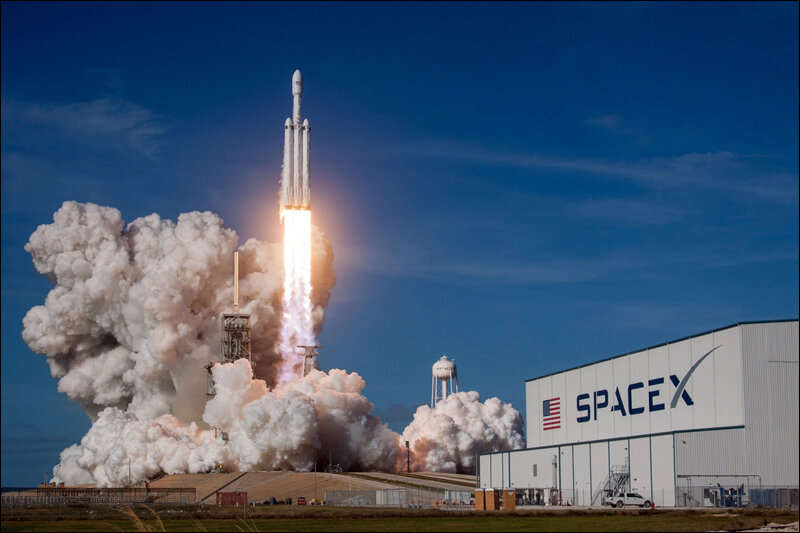
NASA’s Commercial LEO Development Program is currently funding 4 projects including Axiom Space and Starlab by Voyager Space. Three of these companies are expecting to launch their space stations by 2030.
Another of these companies, Orion Span has developed plans for the first-ever affordable luxury space hotel called Aurora Station. A 12-day stay on the Aurora Station could cost around $9.5 million. This might still be a lot for the vast majority, but this has come down drastically from the $20-40 million that the nine travelers had boarded the Soyuz spacecraft.
Things are indeed getting interesting and in a couple of decades, space travel will become a frequent occurrence. So which part of space travel are you most excited about? Let us know in the comments section.
In case you missed:
- Why is Voyager 1 sending Gibberish after 47 Years?
- Scientists Discover Earth’s Third Energy Field, after 60 Years of Searching
- India announces First Venus Mission set for 2028
- Is Tesla set to Launch Self-Driving Taxis in 2025?
- Param Rudra: Modi launches India’s Homegrown Supercomputing Powerhouse
- How Meta AI stopped Lucknow Woman from committing Suicide
- Nintendo Switch 2 Coming Soon! With a New Console & New Mario Kart
- Presenting Gemini Live, Google’s Response to ChatGPT Voice
- Why are Companies resorting to Office Peacocking?
- AI Chaos: Why OpenAI, Google and Microsoft Keep Shifting Strategies
